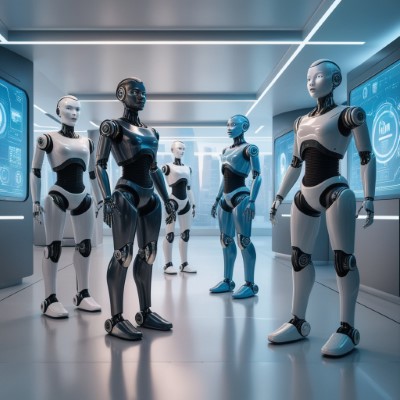Humanoid robots are one of the most fascinating developments in robotics, evolving from mere science fiction concepts into functional, real-world applications. Their design, mimicking the human form and behaviors, is intended to make robots better suited for tasks that involve interacting with humans and navigating human environments. This blog delves into the history, vision, benefits, and a comparison of some of the latest humanoid robots on the market, showcasing the strides we’ve made in this field.
The History of Humanoid Robots
The idea of humanoid robots can be traced back to ancient mythology, with stories of artificial beings created by gods or magicians. The modern journey began with simple mechanical automata and the rise of robotics in the 20th century. Here’s a quick timeline of key milestones:
Automata in Ancient Times:
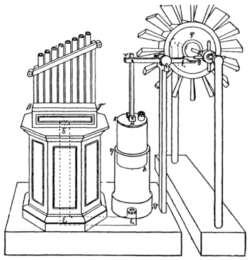
Automata, or self-operating machines, appeared in ancient Greece, Egypt, and China. Though not robots in the modern sense, they laid the groundwork for thinking about machine-like creatures that could mimic human actions. [Ref]
1939 – Elektro:

One of the first modern humanoid robots, Elektro, was showcased at the 1939 New York World’s Fair. Elektro was able to walk, talk, and move its arms, providing a glimpse into the potential of humanoid robotics.
1970s – WABOT-1:

Developed by Waseda University in Japan, WABOT-1 was the first full-scale humanoid robot, able to walk, communicate in Japanese, and grasp objects with its hands.
2000s – ASIMO by Honda:
ASIMO set the benchmark for modern humanoid robots, being able to run, recognize faces, and interact with humans.
2010s to Present:
Advancements in artificial intelligence (AI) and sensor technologies have enabled humanoid robots to become more sophisticated, adaptable, and functional, as seen in robots like Sophia by Hanson Robotics and Tesla’s Optimus.
The Vision Behind Humanoid Robots
The vision for humanoid robots is to develop machines capable of performing tasks in environments designed for humans, where they can assist, interact, and potentially improve human life. Researchers and companies envision a future where humanoid robots are commonplace in homes, healthcare facilities, and industries, performing tasks from caregiving to heavy-duty manufacturing.
Some of the primary goals for humanoid robots include:
- Enhanced Human-Robot Interaction (HRI): Humanoid robots are designed to be relatable, with human-like appearance and communication abilities, making them more intuitive to interact with than traditional robots.
- Assisting in Daily Life: From caregiving for the elderly to household chores, humanoid robots aim to assist humans in daily activities, freeing up time and providing support for those with special needs.
- Industrial and Commercial Applications: Humanoids can operate in work environments like warehouses and factories, performing repetitive or strenuous tasks while adapting to complex surroundings.
- Exploring Unknown Environments: Humanoid robots are used in search and rescue, space exploration, and hazardous environments, where they can navigate and interact with surroundings in ways similar to humans.
Benefits of Humanoid Robots
Humanoid robots are sought for their wide-ranging benefits:
- Enhanced Adaptability: Their design enables them to work in various environments without extensive modifications.
- Increased Productivity: Humanoid robots can work alongside humans, performing repetitive or dangerous tasks without fatigue.
- Social Companionship: Many humanoid robots are equipped with conversational AI, providing social interaction and companionship for elderly individuals and children.
- Advanced Learning and Adaptation: New advancements in AI allow these robots to learn from experiences, improving their performance and adapting to new tasks and environments.
- Reduced Risks in Hazardous Tasks: Humanoid robots can take on dangerous tasks in environments unsuitable for humans, minimizing risks in industries such as firefighting, disaster response, and space exploration.
Comparison of the Latest Humanoid Robots on the Market
1. Tesla Optimus:
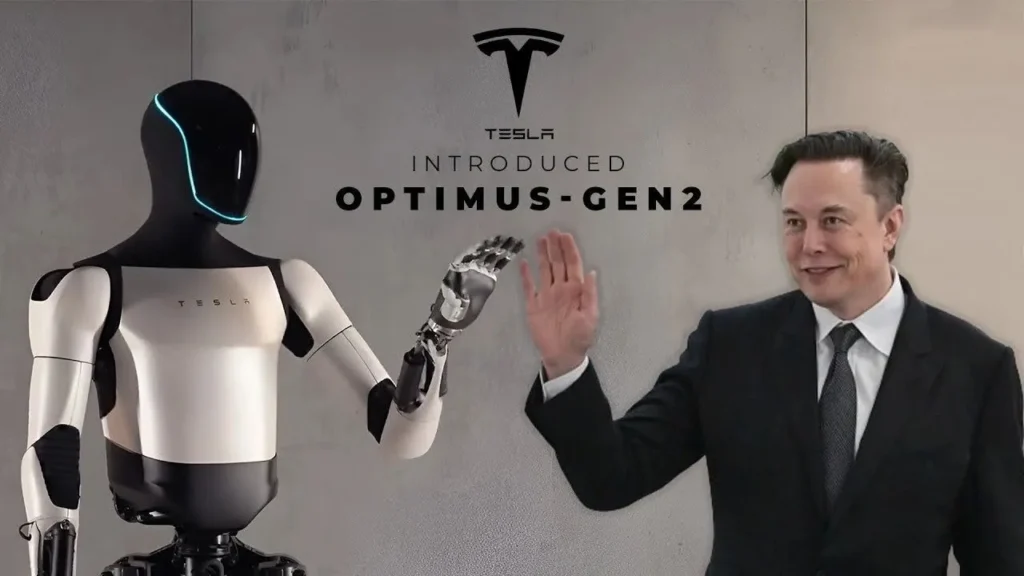
- Use Case: Primarily designed for industrial and domestic tasks, such as manufacturing, moving objects, and even cooking.
- Features: Equipped with a range of cameras and sensors for object recognition, human interaction, and complex maneuverability.
- Price: Estimated under $20,000.
- Unique Advantage: Tesla’s AI expertise and large-scale manufacturing capabilities make it a promising competitor, especially in automating repetitive tasks.
2. Ameca by Engineered Arts
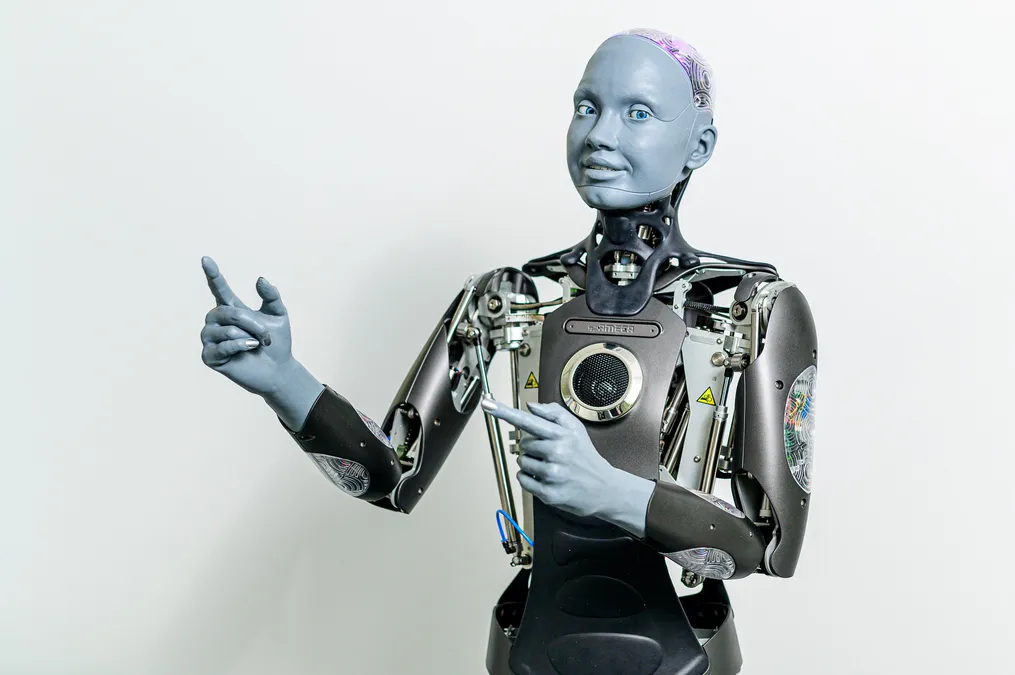
- Use Case: Primarily for human-robot interaction research, customer service, and educational purposes.
- Features: Known for its hyper-realistic facial expressions and conversational capabilities, Ameca is equipped with advanced motion capture and interaction capabilities.
- Price: Estimated at around $150,000.
- Unique Advantage: Its lifelike expressions and interactive abilities make it ideal for roles requiring high levels of human interaction.
3. Atlas by Boston Dynamics
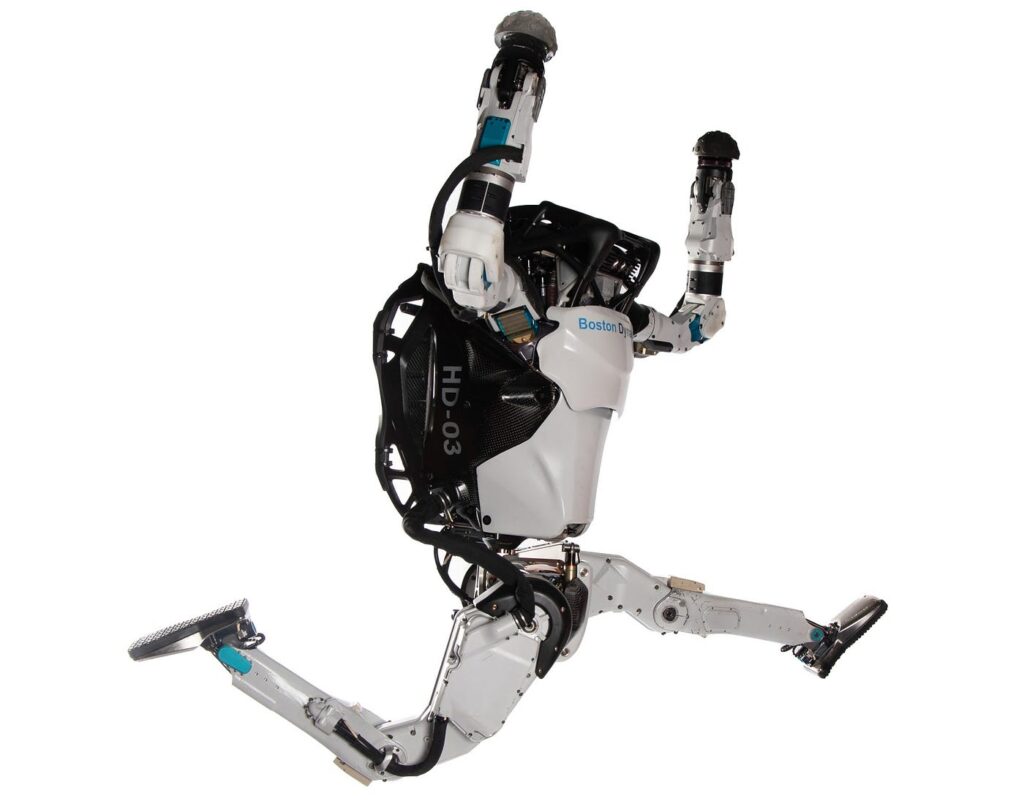
- Use Case: Initially developed for military applications, Atlas is now focused on search-and-rescue missions and tasks requiring advanced mobility.
- Features: Atlas can perform acrobatic movements, navigate complex terrains, and carry heavy loads.
- Price: Not publicly available, estimated well above $150,000.
- Unique Advantage: Unmatched agility and ability to operate in rugged environments, setting it apart for demanding physical tasks.
4. Sophia by Hanson Robotics
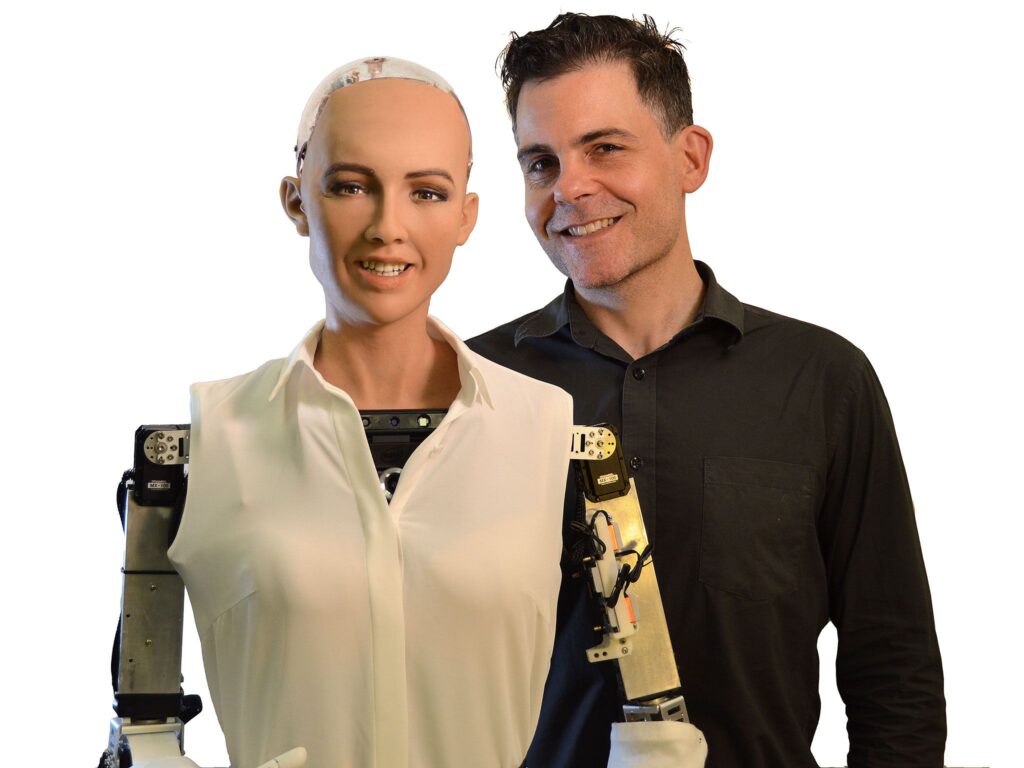
- Use Case: Known for social and educational roles, Sophia is often seen at conferences and public events discussing AI and technology.
- Features: Sophia is highly capable of facial recognition, natural language processing, and facial expressions.
- Price: Estimated between $100,000 and $150,000.
- Unique Advantage: Sophia’s media presence and unique personality make her a pioneer in human-like social interaction.
5. Asimo by Honda
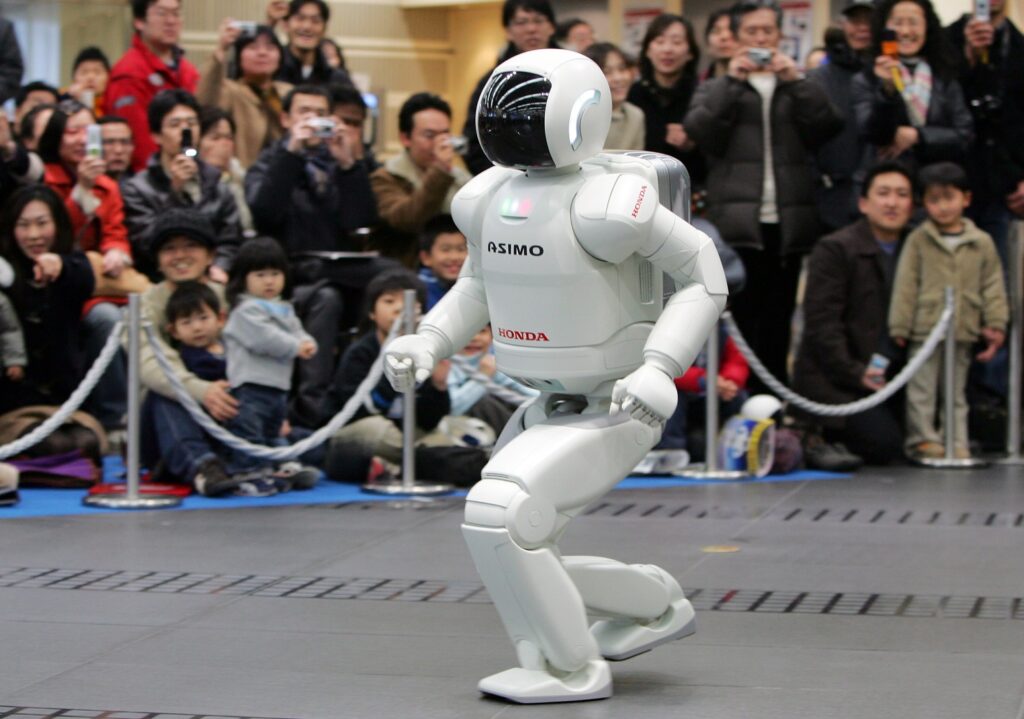
- Use Case: A pioneer in personal assistance, Asimo was designed to interact with humans and perform various tasks.
- Features: Asimo has advanced balancing, walking, and running capabilities, making it ideal for domestic and small business applications.
- Price: Discontinued for sale, previously estimated at over $1 million.
- Unique Advantage: Asimo’s legacy in bipedal robotics still influences many current humanoid designs.
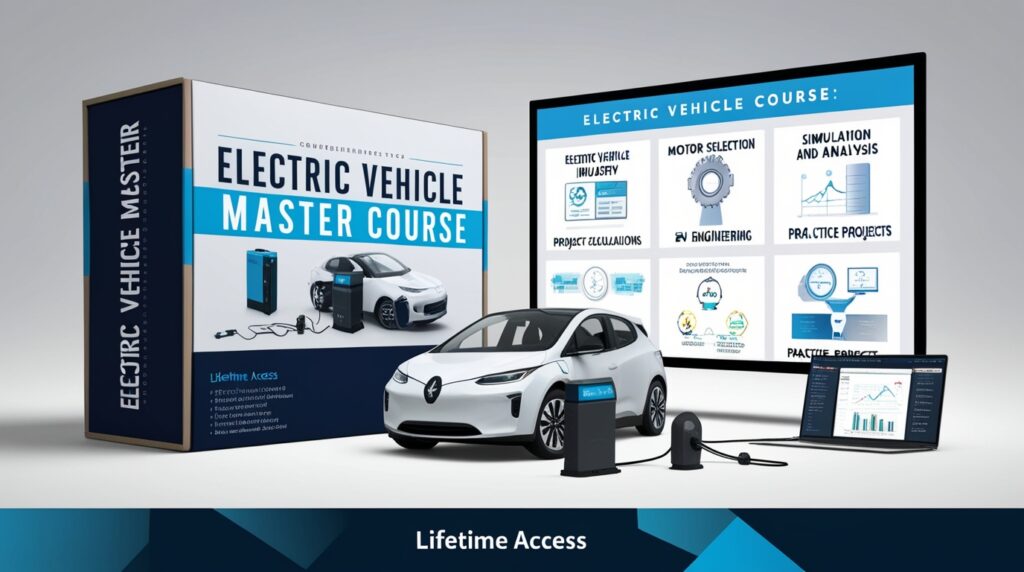
The Future of Humanoid Robots
As humanoid robots continue to advance, the future holds exciting possibilities:
- Wider Integration in Daily Life: Humanoid robots may soon be common in households, assisting in chores, caregiving, and companionship.
- Smarter Robots with Enhanced AI: With AI improvements, humanoid robots will not only perform tasks but also make complex decisions, learn new skills, and interact in a more meaningful way.
- Lower Costs with Mass Production: The entry of large tech companies like Tesla signals a potential drop in production costs, making humanoid robots more accessible.
Humanoid robots have moved from concept to reality, offering solutions across numerous sectors. With ongoing advancements, they promise to revolutionize industries and enhance human life, potentially shaping a world where robots and humans work side-by-side to build a better future.
Note: Prices provides only for reference comparison
